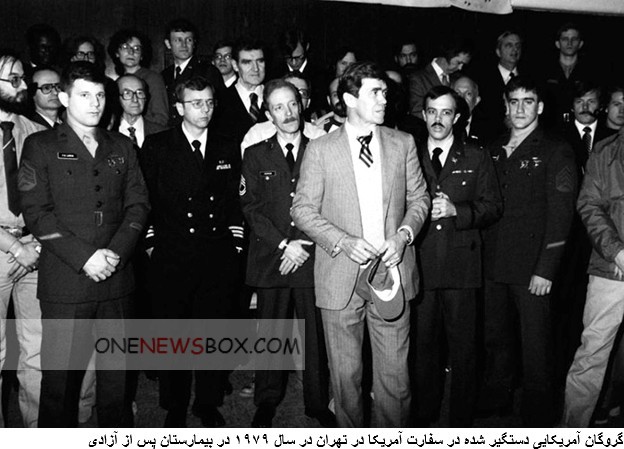By early 1980, after months of failed diplomacy, the Carter administration authorized a military rescue. The plan required precision coordination: helicopters would land at a remote desert staging site (“Desert One”), refuel, and fly to Tehran to assault the embassy under cover of night. Mechanical failures plagued the mission: two helicopters turned back due to malfunctions, and another was lost in a dust storm.
Only five helicopters reached Desert One — the minimum required was six. Carter aborted the mission. As forces prepared to withdraw, a helicopter collided with a C-130 refueling plane, causing a fiery explosion that eight U.S. servicemen. The charred wreckage at Desert One was broadcast worldwide, humiliating the United States. Within the U.S. military, it triggered reforms that eventually led to Joint Special Operations Command (JSOC) and improved inter-branch cooperation.

